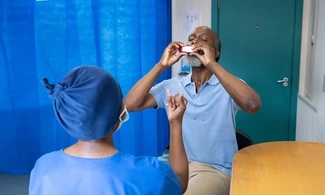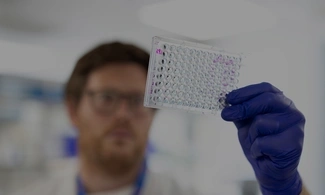At the beginning of university, I was really unwell. I kept visiting my GP as I was experiencing a tight chest and wheezing but they weren’t sure what was wrong with me, which was really frustrating. Eventually after many tests, my doctors explained that my asthma had come back and I was diagnosed with asthma again when I was around nineteen years old.
Exercise has improved my asthma - and my mental health
After I graduated, I started working in finance. But in 2020, I left my job and became a personal trainer.
I was always interested in health and enjoyed exercise. I also found being active improved my asthma symptoms and improved my mental health. My asthma is now well managed by taking my regular preventer inhaler every day and doesn’t flare up too much. I do think because I’m a personal trainer, people think that I am able to do everything, but sometimes I can’t. I always make sure I have my reliever inhaler with me when I’m exercising too.
You have to make exercise work for you
Managing and making exercise work for you is important. This might mean taking a walk, going for a swim, or even cleaning the house. I would recommend everyone try to be active where they can.
We’ve created a free Keep Active programme which gives you everything you need to start moving more with your lung condition. As well as how to manage breathlessness when you’re active. Find out more about the programme and watch our videos to get you moving, at a pace that suits you.










